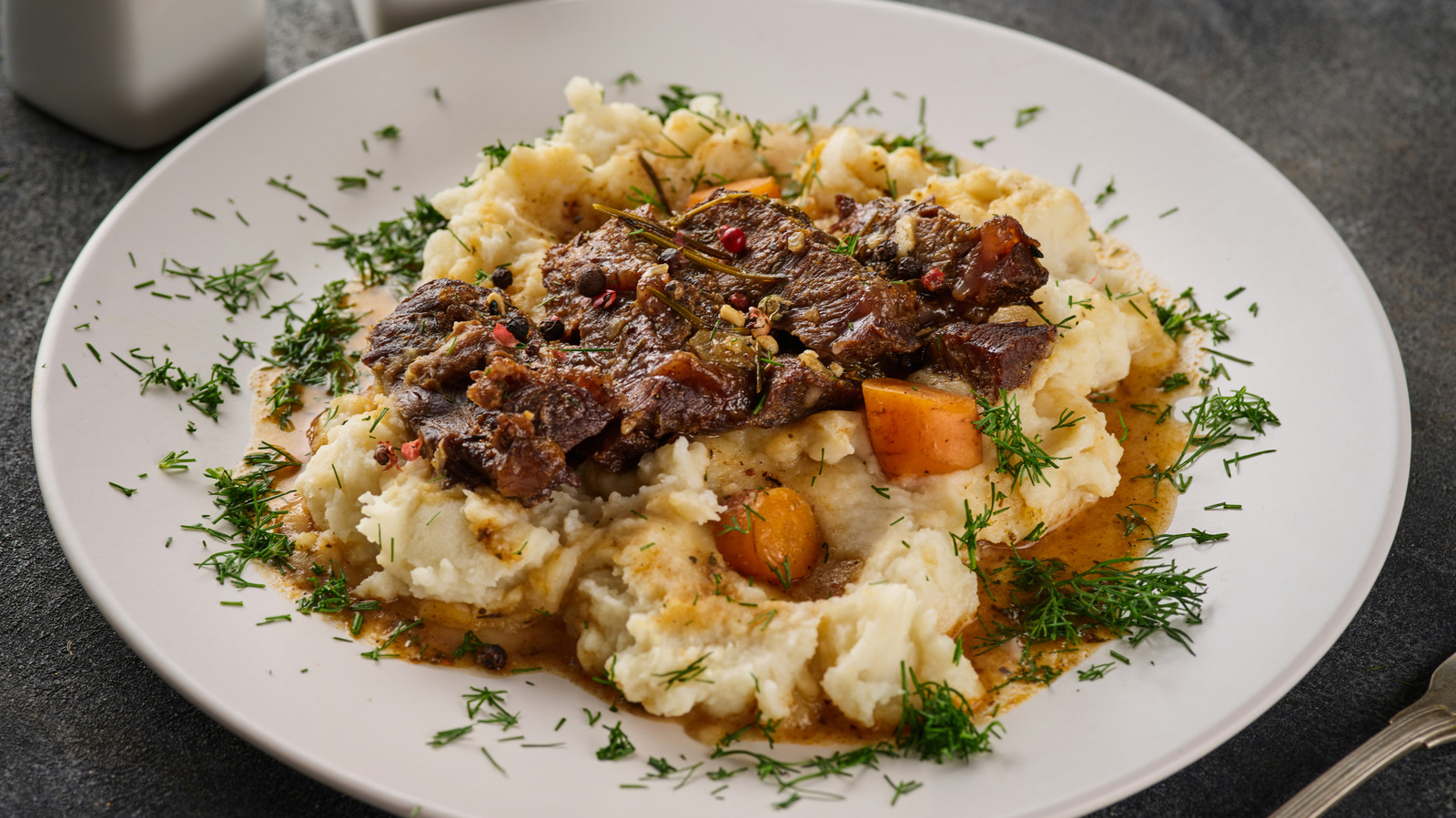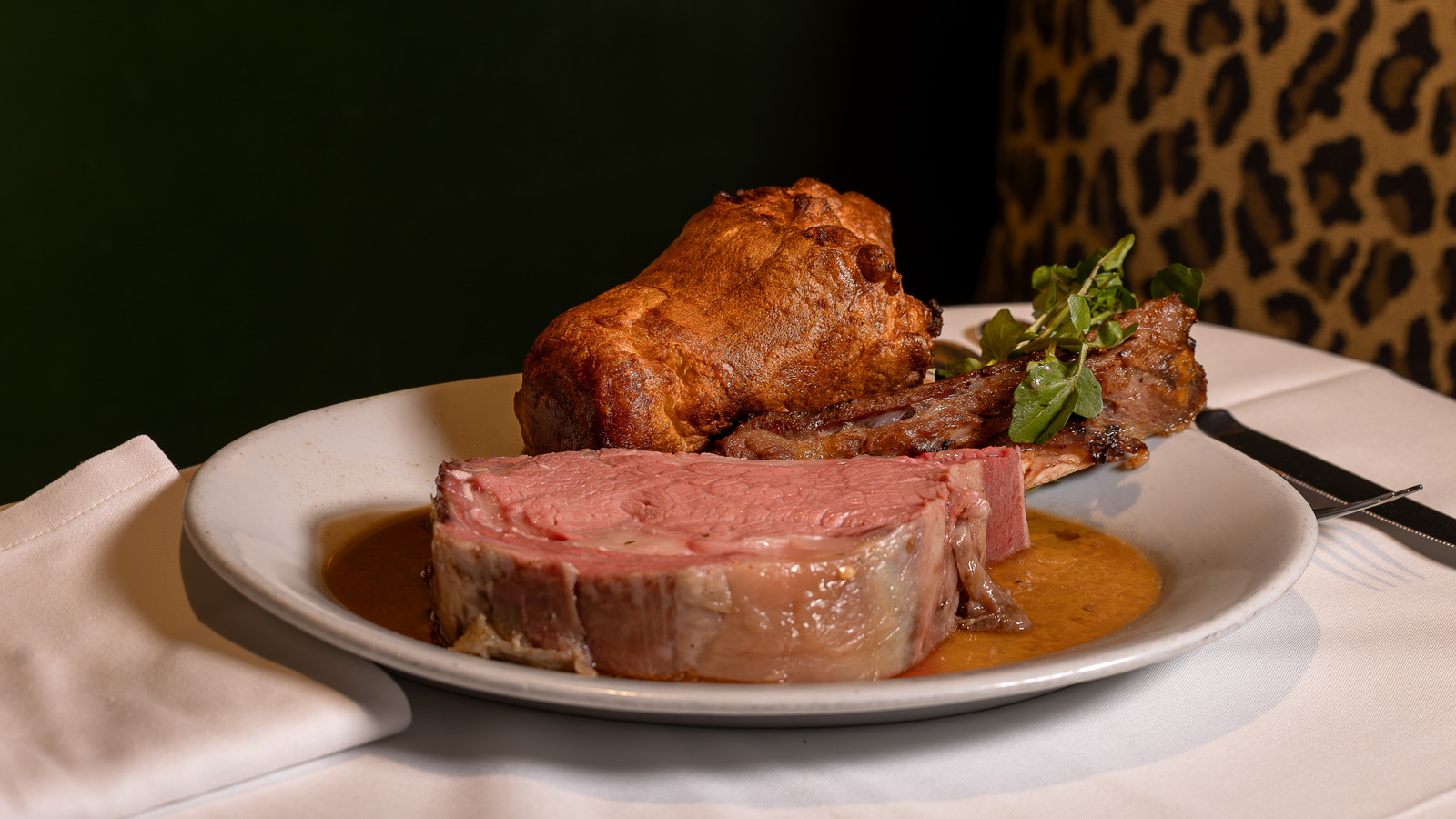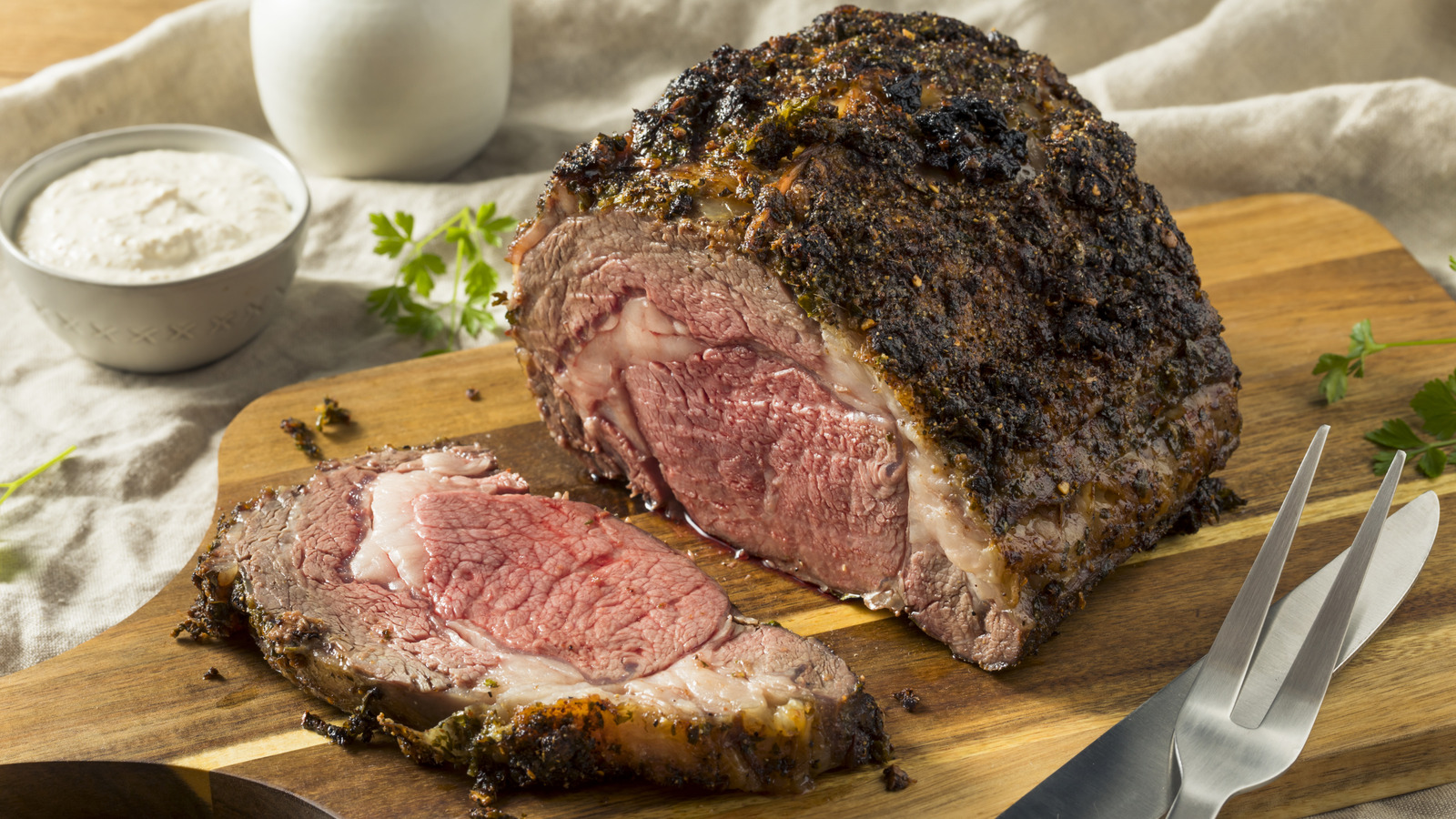#cooking-technique
#cooking-technique
[ follow ]
#maillard-reaction #mashed-potatoes #food-safety #food-science #italian-cuisine #slow-cooker #pot-roast
fromTasting Table
4 days agoThe Fried Meat Johnny Cash Always Had With His Morning Eggs - Tasting Table
"I remember smelling the aroma of it frying in the farm kitchen as I walked outside on winter days [at our home] in Bon Aqua, Tennessee," he wrote in " The Cash and Carter Family Cookbook: Recipes and Recollections From Johnny and June's Table." "Dad would buy canned biscuits, eggs, and sliced bologna. He liked the bologna slices nearly crispy - some almost burned. He always loved crispy and well-done foods."
Music
fromA Couple Cooks
4 days agoClassic Omelette
Cooking an omelette always intimidated me, until I discovered Julia Child's technique. In her old black-and-white cooking shows, she assured me that anyone could cook an omelette as long as you had "the courage of your convictions." Turns out, she was right! I practiced her method and now I can say, this omelette really is my perfect egg recipe: with a golden exterior, soft interior, and loads of savory flavor. The secret is just understanding the timing and having faith in the process!
Cooking
fromTasting Table
2 weeks agoBefore You Salt That Soup, Be Sure To Check What's Already In The Pot (Here's Why) - Tasting Table
One thing you need to know about salt is that it doesn't just make things taste salty, it is also a flavor enhancer. It brings out the intricacies of all the ingredients used. Without the right amount, you don't taste anything. But with a little too much, the brininess can be overpowering. With a dish like a soup that involves so many ingredients in one pot,
Cooking
Cooking
fromTasting Table
2 weeks agoHere's How A Top Manhattan Chef Cooks Mushrooms While Making The Base For A Savory Sauce - Tasting Table
Sauté mushrooms over medium-high heat, spreading them to avoid overcrowding, cook until released liquid evaporates and mushrooms brown, then reduce wine or stock.
fromBoston Herald
3 weeks agoThanksgiving turkey recipe 2025: Cook your bird in under an hour
SEATTLE - Teriyaki chicken is a quick and cheap lunch that's synonymous with Seattle. One acclaimed local chef, Taichi Kitamura of Eastlake's Sushi Kappo Tamura, makes a compelling case for elevating that humble poultry dish into a fancy Thanksgiving feast. Teriyaki chicken is only made with dark meat. That rule also applies to turkey teriyaki, since the breast meat will dry out, the chef said. Kitamura offered us a pan-fried turkey breast recipe, too, with a sake-and-butter sauce.
Cooking
fromTasting Table
3 weeks agoFried Bologna Is The Underrated Meat Your Breakfast Sandwich Needs - Tasting Table
From hangover breakfasts to late-night snacks and end-of-the-pay-period dinners, nobody's there for you like a fried bologna sandwich. What once derived from mortadella in its eponymous Italian city has emerged as the decidedly American, ultra-processed deli darling that's no less delicious or widely beloved. With a few tweaks, it can be as gourmet as it is friendly and utilitarian.
Cooking
fromTasting Table
1 month ago10 Mistakes To Avoid When Making Beef Stew - Tasting Table
With soups and stews, it may seem like you can just throw all of your ingredients into a pot, cover them with some water, and start simmering away. However, if you do, it's likely to result in a stew that's much less flavorful than it would be if you were to take a few extra steps. One of the most important steps you shouldn't skip when trying to make a deeply delicious beef stew? Browning the beef.
Cooking
fromTasting Table
1 month agoCook Salmon Steaks With Thin Ends More Evenly By Securing Them With This Easy Solution - Tasting Table
Salmon steaks are one of the more underrated dinner options, but they come with one small problem. As popular as salmon is for easy, healthy meals, almost all the salmon you see in stores or recipes is cut into fillets. Those are your classic long, flat pieces, usually with skin on the bottom, and they're made by cutting salmon parallel to the spine.
Cooking
fromTasting Table
2 months agoThe Part You're Forgetting After Adding Citrus Juice To Fish - Tasting Table
"It is always good to add zest to your fish when frying, baking, grilling or poaching after it is cooked," Darkwah recommends. "[This] brings out the umami flavor of the fish." Like juice, zest works to balance and highlight other qualities: brightness versus richness and umami. It's the unexpected ingredient that makes a pasta dish sing and that elevates just about any meat or vegetable dish or dessert with a fragrant lift.
Cooking
fromTasting Table
2 months agoA Chef Explains Why 5 Minutes Can Make Or Break The Process Of Transforming Cornmeal Into Creamy Polenta - Tasting Table
According to Sarah Grueneberg, Chef and Owner of Chicago's Monteverde restaurant, the key to nailing the texture of this quintessentially Northern Italian dish is in the first 5 minutes of preparation. In that short amount of time, constant stirring is what rehydrates the cornmeal and suspends it in the liquid - making it much less likely to clump or scold. "If you spend these 5 mins whisking and stirring, it'll simmer and not stick," the expert chef and author of the cookbook, " Listen to Your Vegetables," told Tasting Table. "Otherwise, it will only sink and burn," she added.
Everyday cooking
fromTasting Table
2 months agoDon't Boil Chicken Before Grilling It. Do This Instead - Tasting Table
There are some incredibly easy to follow cooking tips that can dramatically elevate your culinary game. Toasting spices before adding them to a dish is one example; scrambling eggs over low heat is another. The expert tip we're introducing today is guaranteed to take your grilled chicken to the next level: When pre-cooking your chicken before grilling it, skip boiling and poach it instead.
Cooking
fromTasting Table
2 months agoWhy You Don't Need To Soak Rice Paper For Those Super-Speedy Rice Paper Omelets - Tasting Table
While it may sound complicated, with just a couple of ingredients, you can whip up a satisfying breakfast in under 10 minutes - made quicker by the fact that there's no need to soak the rice paper first. The quickfire editing of TikTok or Instagram reels might have you believe that not every step in the recipe is shown, but it's actually important that you use the rice paper directly from the packet.
Cooking
fromTasting Table
3 months agoYour Ahi Tuna Isn't Searing Properly, And Here's The Likely Problem - Tasting Table
Overcooking is one of the biggest mistakes you can make when searing ahi tuna, and it may cost you the integrity of the entire steak. Despite its buttery taste, the fish has a low fat content that prevents it from retaining moisture when it encounters excessive heat. Cooking it quickly ensures that you end up with a center that's perfectly tender and flaky.
Cooking
fromTasting Table
3 months agoThe Boiling Water Hack That Guarantees A Crispy Pork Roast - Tasting Table
This simple step, recommended by Marissa Stevens of Pinch and Swirl and shared in a recent interview with our sister site The Takeout, does more than just pre-cook the surface. It begins tightening the skin, draws out surface moisture, and primes the pork for the kind of high-heat blast that leads to the crunch you crave. What makes this trick especially useful for home cooks is that it mimics the results of restaurant techniques without needing special tools.
Cooking
[ Load more ]





